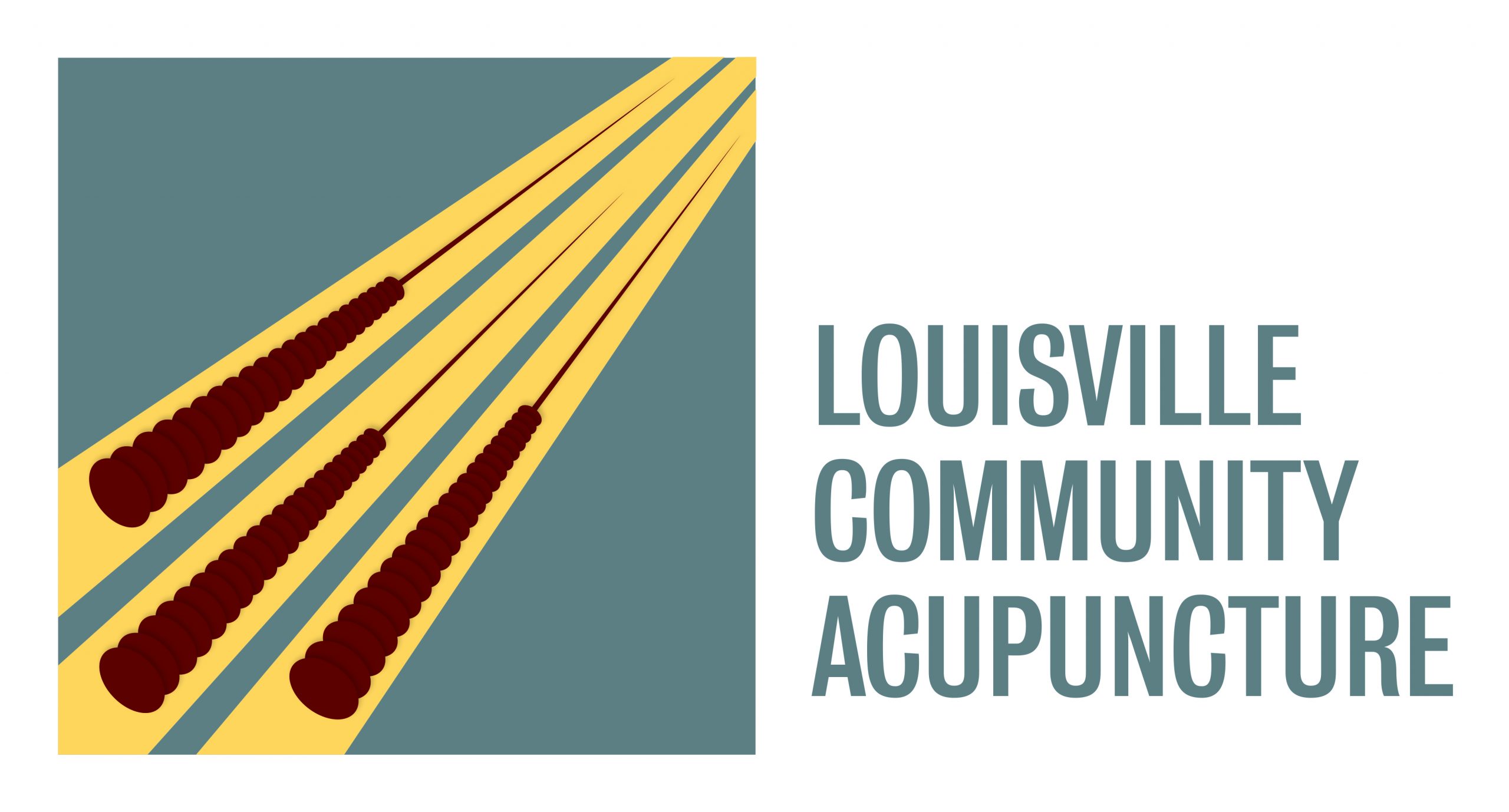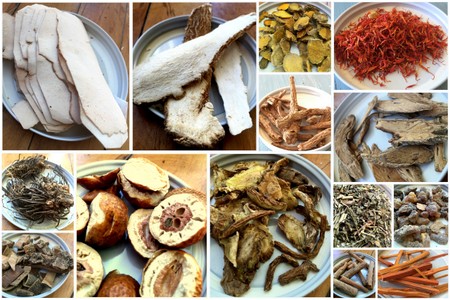Sprains and Strains and Chinese Herbs
We are starting to dip into the Chinese pharmacopeia here at Louisville Community Acupuncture and one of our first main thrusts is to use herbs to make tendon soaks for soft tissue injuries.
For just a quick explanation, Chinese herbal prescribing more often than not utilizes formulations of herbs as opposed to the more Western mode of prescribing individual herbs. So Chinese formulations will pull from a (potentially) broad array of herb functionalities to target an issue. So a herbal formula for sleep will have herbs that nourish blood (e.g., anti-anxiety, sedative effects) along with herbs that clear heat (anti-pyretic effect) and possibly some that move blood (vasodilatory effect) and so on. This approach can better balance the overall aim of the formula as well as account for variations from person to person.
So back to our injuries. I think when many people in the U.S. have their first exposure to Asian culture, it probably involves martial arts whether it’s a Bruce Lee movie or Karate Kid or the Teenage Mutant Ninja Turtles–to simply run to the media end of the spectrum. From that martial arts history there has been developed a lot of internal and external herbal formulations to deal with the myriad of injuries that come along with physical activity, especially one that involves regular practice of defending and attacking.
[one_half]
- Dang Gui Wei (Radix angelicae sinensis)
- Hong Hua (Flos carthami tinctorii)
- Su Mu (Lignum sappan)
- Bai Zhi (Radix angelicae dahuricae)
- Jiang Huang (Rhizoma curcumae longae)
- Wei Ling Xian (Radix clemetidis chinensis)
- Du Huo
[/one_half]
[one_half_last]
- Wu Jia Pi (Radix acanthopanacis radicis)
- Hai Tong Pi (Cortex erythrinae variegatae)
- Huai Niu Xi (Radix achyranthis bidentatae)
- Chuan Lian Zi (Fructus meliae toosendan)
- Tu Fu Ling (Rhizoma smilacis glabrae)
- Ru Xiang (Gummi olibanum)
- Tou Gu Cao (Herba speranskia tuberculata)
[/one_half_last]
Most of these herbs have either a blood moving or wind-damp expelling classification. In particular, this formula is best suited to injuries that are “warm” in nature where slight redness or a sensation of heat/warmth are present. This tendon soak is not intended for the immediate effects of the injury but more after the initial swelling has gone down but pain and limited range of motion persist. It can be used on older more chronic injuries to help when they flare up or get aggravated (e.g., carpal tunnel).
The soak is decocted from the herbs pictured above and then re-used over the course of a week to ten days to treat the injury. It is not meant to be used continuously, only with a recent injury or flareup. More chronic problems are better served by herbs for internal use and diet changes.
Tendon soak preparation instructions:
1) Put herbs in a pot (stainless steel or clay pots preferably—NOT teflon coated). Depending on the size of the pot available to you, you may need to do 2 simmerings of the herbs. Add 1-2 gallons of water—enough to cover the herbs by 1-2 inches.
2) Cover the pot and bring the liquid to a boil. Reduce heat and simmer for 25-45 minutes (45 if you are doing one simmer, 25 twice if you are doing two).
3) Remove the pot from the stove to cool and pour liquid only into heat stable container when ready if desired. Repeat steps 1 & 2 if necessary.
4) When the soak has cooled sufficiently—it is warm but not uncomfortably hot—soak the injured part for 15-20 minutes. This warms the area and allows the steam to penetrate the superficial tissues. If the injured area does not fit into the container the soak is in, soak towels in the liquid, let them cool briefly, and put them over the affected area. The towels will cool fairly quickly, so you will need several to keep a warm, penetrating heat on the injury for 15-20 minutes.
5) After using the soak, dry the skin and keep it warm and away from cold or drafts.
6) Cover the pot or store liquid in a jar.
7) The soak can be used once or twice a day for up to 7 to 10 days. Simply reheat the liquid to a sufficiently warm temperature. There is no need to boil it again.
Additional notes:
Vinegar and alcohol are often added to herbal soaks to enhance their therapeutic effect. Add a quart of rice wine or vinegar to the soak after you have simmered the herbs and removed the pot from the stove. Vinegar softens spasms in the muscles and tendons and “smoothes out” the flow of energy through the injured area. Alcohol warms tissue and increases the local circulation by moving qi and blood through the blood vessels and meridians.

